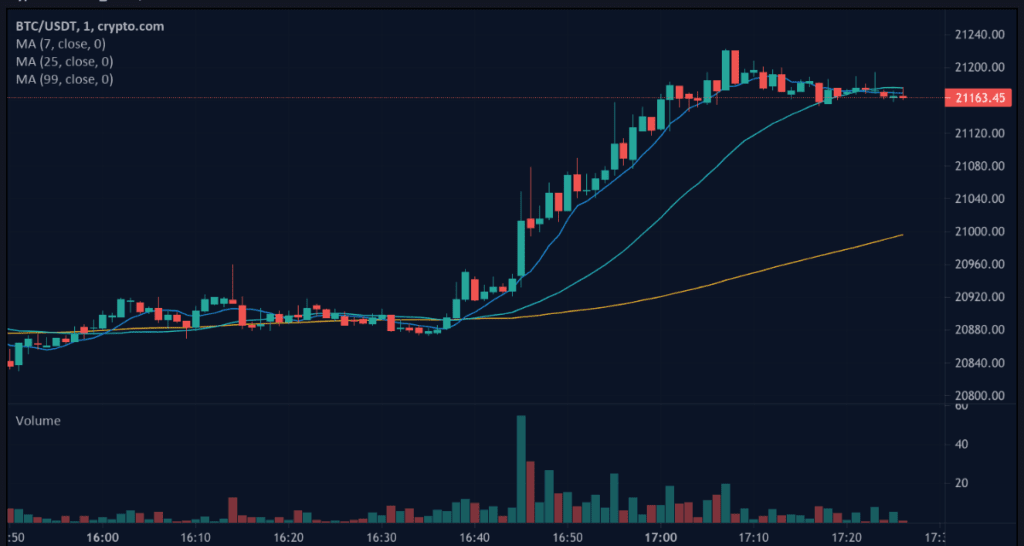In the ever-evolving world of finance, understanding the dynamics of financial markets is crucial for investors, economists, and financial analysts. One key tool that aids in comprehending these dynamics is the money market graph. In this comprehensive guide, we will explore the intricacies of the money market graph, its significance, and how it can be used to analyze and interpret various market conditions.
Money Market Graph: A Visual Representation of the Money Market
The money market graph provides a visual representation of the supply and demand for short-term funds in the economy. It showcases the interplay between the interest rate and the quantity of money in circulation, offering valuable insights into the state of the financial markets.

Components of the Money Market Graph
To better understand the graph, let’s take a closer look at its key components:
- Vertical Axis: The vertical axis represents the interest rate (i) and is usually plotted on the y-axis. It signifies the cost of borrowing money or the return on lending funds.
- Horizontal Axis: The horizontal axis represents the quantity of money (M) and is typically plotted on the x-axis. It represents the total supply of money available in the market.
- Money Demand Curve: The money demand curve illustrates the relationship between the interest rate and the quantity of money demanded by economic agents. It slopes downward, indicating that as interest rates decrease, the quantity of money demanded increases.
- Money Supply Curve: The money supply curve depicts the relationship between the interest rate and the quantity of money supplied by the central bank. It slopes upward, indicating that as interest rates rise, the quantity of money supplied increases.
Interpreting the Money Market Graph
Analyzing the money market graph allows us to gain insights into the behavior of market participants and the overall state of the economy. Here are some key observations we can make:
- Equilibrium Interest Rate: The intersection of the money demand and money supply curves determines the equilibrium interest rate. This point reflects the prevailing interest rate in the market, where the quantity of money demanded equals the quantity of money supplied.
- Shifts in Money Demand: Changes in factors such as income, consumer confidence, or liquidity preferences can cause shifts in the money demand curve. An increase in money demand shifts the curve to the right, leading to a higher equilibrium interest rate and quantity of money.
- Shifts in Money Supply: Alterations in monetary policy, such as changes in reserve requirements or open market operations, can result in shifts in the money supply curve. An increase in money supply shifts the curve to the right, leading to a lower equilibrium interest rate and a higher quantity of money.
- Effects of Monetary Policy: By observing changes in the money market graph, policymakers can assess the potential impact of monetary policy decisions. For example, reducing interest rates or injecting liquidity into the market can stimulate economic activity and encourage borrowing.
- Inflation and Deflation: Changes in the money supply can influence the overall price level in the economy. An increase in the money supply, without a corresponding increase in goods and services, can lead to inflation, while a decrease in the money supply can result in deflation.
- Market Expectations: The money market graph can also reflect market expectations. If investors anticipate future changes in interest rates, their actions can cause shifts in the money demand curve, affecting the equilibrium interest rate.
FAQs about the Money Market Graph
1. What is the significance of the money market graph?
The money market graph is a vital tool for understanding the supply and demand dynamics of short-term funds. It provides insights into interest rates, money supply, and market expectations.
2. How is the money market graph different from other market graphs?
The money market graph specifically focuses on short-term funds and the interplay between interest rates and the quantity of money in circulation. Other market graphs, such as the stock market graph or bond market graph, analyze different aspects of the financial markets.
3. How can investors use the money market graph?
Investors can use the money market graph to gauge the prevailing interest rates and make informed decisions regarding borrowing or lending funds. It helps investors understand the potential impact of monetary policy on the overall economy and adjust their investment strategies accordingly.
4. Are there any limitations to the money market graph?
While the money market graph is a valuable tool, it has its limitations. It assumes that the supply of money is determined solely by the central bank and does not consider factors such as changes in credit conditions or financial market disruptions. Additionally, it focuses on the short-term money market and may not fully capture the dynamics of long-term investments.
5. Can the money market graph predict future market trends?
The money market graph provides insights into current market conditions but cannot predict future market trends with certainty. It is influenced by various factors, including market expectations and policy changes, which can evolve over time. It is essential to combine the analysis of the money market graph with other economic indicators for a more comprehensive understanding of the financial markets.
6. How does the money market graph relate to the foreign exchange market?
The money market graph and the foreign exchange market are interconnected. Changes in interest rates, as indicated by the money market graph, can impact the value of a country’s currency in the foreign exchange market. Higher interest rates can attract foreign investors, leading to an appreciation in the currency’s value, while lower interest rates may result in a depreciation.
Conclusion
The money market graph serves as a powerful tool for analyzing and understanding the dynamics of financial markets. By examining the interplay between interest rates and the quantity of money, investors, economists, and policymakers can gain valuable insights into market conditions, make informed decisions, and predict potential future trends. However, it is important to consider the limitations of the money market graph and complement its analysis with other economic indicators for a comprehensive understanding of the financial landscape.

